- Home
- MURAnews
- Previous issues
- Spring 2017 - present
- Winter 2022
MURAnews Winter 2022
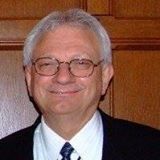 Now is the beginning of the third year of the COVID-19 pandemic, while we are in the midst of a dark winter. Perhaps not as dark as the words William Shakespeare put in the mouth of King Richard III before the battle of Bosworth Field1, but a darkness created by fatigue. Yet, we hope, 2022 may be the end of the worst of COVID-19 in Canada, with the darkness replaced by the light of the Great White North. Now is the beginning of the third year of the COVID-19 pandemic, while we are in the midst of a dark winter. Perhaps not as dark as the words William Shakespeare put in the mouth of King Richard III before the battle of Bosworth Field1, but a darkness created by fatigue. Yet, we hope, 2022 may be the end of the worst of COVID-19 in Canada, with the darkness replaced by the light of the Great White North.MURA’s Annual General Meeting in June may be the last of our Zoom meetings. Zoom meetings during the pandemic have allowed retirees far away from McMaster to participate in some of our meetings, however, so we hope to continue to offer optional virtual attendance. A great deal of the life of a voluntary association is produced by face-to-face meetings and this is true for MURA. Our members look forward to these yearly events. One popular annual event is a lunch for the newly retired, also attended by the MURA Council and McMaster Human Resources representatives. The social event that appears to be the most anticipated is the December Holiday Lunch, an event that cannot be replaced by Zoom. Our Annual General Meeting is preceded by a lunch, an event usually held in June. Once it is safe to come on campus, other events and services become available. We even have the opportunity to join the activities of other retiree groups, especially those from other higher education institutions. In 2019 my wife Cathy and I went by bus to the Niagara area for a lunch, theatre performance and bus tour to view the December lights at Niagara Falls and the Park, a trip organized by the retirees of Mohawk College. While we have to wait for the beginning of normality, the Council has been working on monthly Zoom meetings, a Zoom meeting with recent retirees, an AGM Zoom meeting in June, and collecting useful information for our MURAnews which comes out four times a year. We are very proud of the information we have on our website, https://mcmaster-retirees.ca which is an excellent source of online information. The quality of this MURA resource is the result of the effort and talent of Nora Gaskin, our webmaster, and the 2015-17 Web Subgroup, Helen Barton, Phyllis DeRosa-Koetting, and Heather Grigg. Increasingly over the course of the 2021-2022 year, the Council has been working with Michelle Jubinville, the McMaster Human Resources representative to Council. We have been focusing on issues concerning information desired by retirees in order to ensure they receive their proper pensions, insurance benefits and accurate tax documents for filing income tax forms. Pensions and benefits may vary from year to year depending on the year of retirement. Understanding how to be sure you are getting what you should is a complex undertaking. Retirees are often upset when they get a rejected claim. They often don’t know what they should receive and how to provide the needed information. Machine responses to claims are often not helpful. In the past getting a response from the Human Resources Department, or from the company delivering these benefits, has often been difficult. We are trying to remove these information problems. Also complicating this flow of information are relatively new laws and regulations on the privacy of information. At times it will be necessary to sign a release that allows your personal information to be seen by the individuals who can properly process your claim. A poorly composed machine statement may not tell you that the company providing the service, or your health provider, are allowed to see or pass on your personal information that is the core of your claim. What we are trying to do is find an individual who can go over your rejected claim and give you the information you need to successfully obtain the proper reimbursement. Lastly, I want to thank Helen Ayre for her dedication as News Editor for the past two years. I especially appreciated her gentle reminders about my deadlines. We all wish her a happy real retirement without the stress of deadlines. My best wishes to you all as we look forward to a Spring which lightens our hearts. 1 King Richard the Third, Act V, Scene III
What's Happening at Mac
Back to Mac – updateBy Mary JohnstonI’m sure there was much rejoicing when the University announced in early December that students would resume in-person learning, facilities would be more available, and employees could return to campus in the new year. Alas, the excitement was short lived. The arrival of the COVID-19 Omicron variant and the meteoric rise in case counts put those plans on hold. As I write this on January 14th, the University’s plan is to gradually open up over the next two months. You can keep informed as the situation evolves by monitoring the McMaster Daily News web site. One set of programs at the university especially relevant to retirees are those run by the Physical Activity Centre of Excellence (PACE) – MacMS-FITT, MacWarriors, MacCardiac, MacSeniors and MacWheelers. Although registration for 2022 had commenced in late 2021, this too was put on hold but has now resumed in anticipation of restarting the PACE programs in February. To find out more, visit the PACE website.
Courtesy of Humour is Contagious News from MURA
Call for nominationsMURA is a volunteer-based organization whose mandate is to facilitate a continuing spirit of unity and connection among retirees and former colleagues, represent the interests of members in matters relating to their accrued benefits, contribute to and support the University, and foster an understanding of MURA’s functions among employees nearing retirement. See Article 2 of the MURA Constitution. The duly constituted MURA Nominating Committee is now receiving input for the nomination of Council members for the three-year term starting in June 2022, as well as for President and Vice President for a one-year term. The list of candidates will be presented by the Nominating Committee at the March meeting of Council. Council representatives: Barry Diacon
Retirees in the newsBy Mary Johnston Legacy of late McMaster retirees lives on through $1.1 million bequest In November, the McMaster Daily News web site featured the story of retirees Carol and Vic Nunn, who bequeathed 1.1 million dollars to the University Library. Their careers spanned over 30 years at McMaster, where the library was an important part of their lives as individuals and as a couple. According to Vivian Lewis, McMaster University Librarian, their gift “will help purchase needed materials and bolster services at McMaster University Library, both areas that were close to the Nunns’ hearts.” How work by Mac scientist laid the foundation for today’s viral vector COVID vaccines Recent retiree wins award for transforming medical education in three developing nations
compiled by Kathy Overholt
Fred Bene, Facility Services (Grounds)
Kathryn Cline, Oncology Donna Fitzpatrick-Lewis, Nursing Pamela Forsyth, Family Medicine Lauren Foster, Obstetrics & Gynecology Larry Greenhalgh, Facility Services (Logistics) Audrey Hicks, Kinesiology Tina Horton, Faculty of Social Sciences Susan McGowan, Medicine Elizabeth Merz, Pediatrics Anita Riddell, Health Sciences Educ MERIT Kimberly Sardella, Labour Studies Gary Schrobilgen, Chemistry & Chemical Biology Alicja Siek, DeGroote School of Business James Smith, Medicine Bea Tolsma, Medicine Vivian Vaughan Williams, Pediatrics Willi Wiesner, DeGroote School of Business Carine Wood, Anaesthesia Belated welcome to: Doris Burns, Kinesiology Gerry Gysbers, University Technology Services Recent passings
compiled by Kathy Overholt
Amelia Alberto, Building Operations, Nov 4/21 |
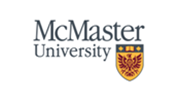 |
 |
 |
If you retired in 2021, a T4 will be issued electronically via Mosaic for your earnings. AT4A related to your pension payments will be mailed to your home address by CIBC Mellon. In subsequent years, most retirees will receive only a T4A (issued by CIBC Mellon) for their pension payments. Retirees who continue in employment at McMaster post retirement will receive a T4 electronically via Mosaic for their earnings.
Any questions about tax slips can be directed to HR at hr.mcmaster@mcmaster.ca or 905-525-9140, x22247.
Parking on CampusPermit Expiry Renewal ReminderRetiree parking permits are issued on a 12-month basis and must be renewed annually. Renew prior to your expiry date by email, phone or by postal mail. Your transponder number is on the front of your transponder. If you have questions or have not made a note of your expiry date, please contact McMaster Parking Services by email at parking@mcmaster.ca or at 905-525-9140 ext. 24232. A note to retirees without parking transponders Free parking on campus is available to retirees. To take advantage of this perk, and to view retiree parking access, go to the McMaster Parking Services web page. Due to COVID-19, the Parking Office is accepting permit applications by email only. For further information, please contact Parking Services. |
News from CURAC – new travel medical insurance offer
 CURAC/ARUCC from time-to-time receives promotions from its affinity partners. The offer below from MEDOC is targeted to those who like to travel.
CURAC/ARUCC from time-to-time receives promotions from its affinity partners. The offer below from MEDOC is targeted to those who like to travel.
To take advantage of the exclusive rates that CURAC/ARUCC has arranged for its members, when requesting a quote by phone, identify your group as “CURAC – McMaster University Retirees Association”. For an online quote, type CURAC in the search box and select CURAC_MURA from the dropdown list. Please do not select CURAC_MURA/ARUM; this is the McGill association.
The past year has been tough. We've all had to put our travel plans on hold as we wait for borders to open and vaccines to arrive. Now as the world slowly begins to re-open, we have additional benefits for MEDOC® Travel Insurance Customers. So what's changed? COVID-19 medical coverage has been added to the MEDOC® program and now covers you during your trip for:
- COVID-19 related medical costs for up to $5 million
- Medical coverage for reactions to the vaccine
For often less than the cost of purchasing insurance for multiple trips separately, you can enjoy an unlimited number of trips during the policy year.
MEDOC® gives you peace of mind knowing you’re protected. Give Johnson a call at 1.855.473.8029 or visit Johnson Insurance/MEDOC to get a quote and finalize your coverage. Johnson is ready when you are.
MURAnews is produced by MURA members Denise Anderson (Production Editor), Helen Ayre (News Editor), Helen Barton, Nora Gaskin, Dawnelle Hawes, John Horsman, and Mary Johnston. We welcome submissions from MURA members.
© 2025 McMaster University Retirees Association | Having trouble with this site? Contact our Webmaster. |
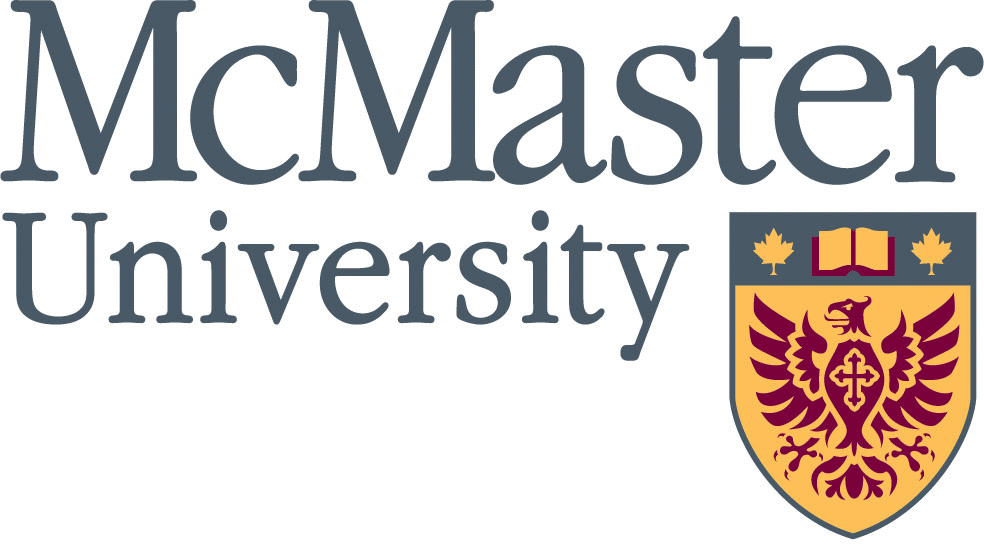



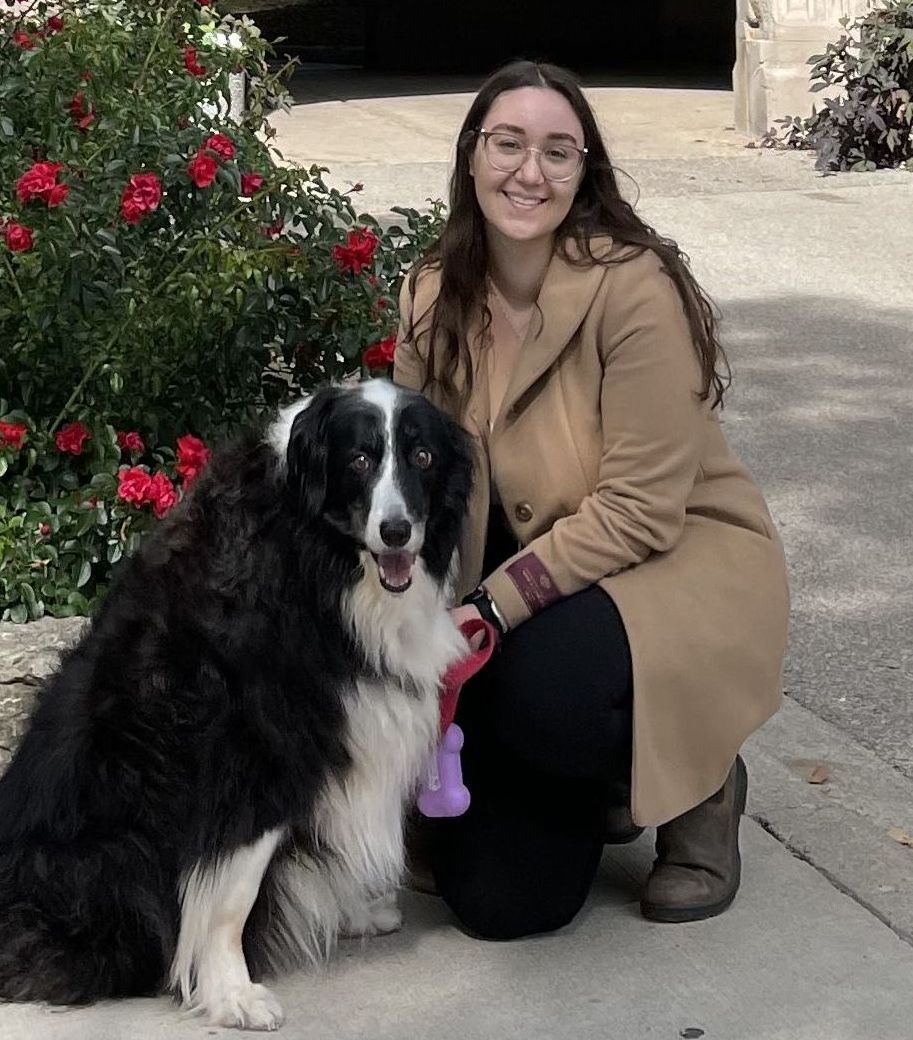 Briana-Rose Nudo
Briana-Rose Nudo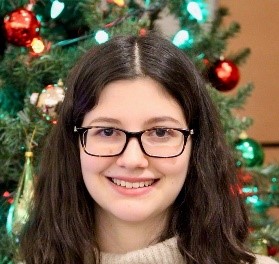 Julia McDermid Boue
Julia McDermid Boue
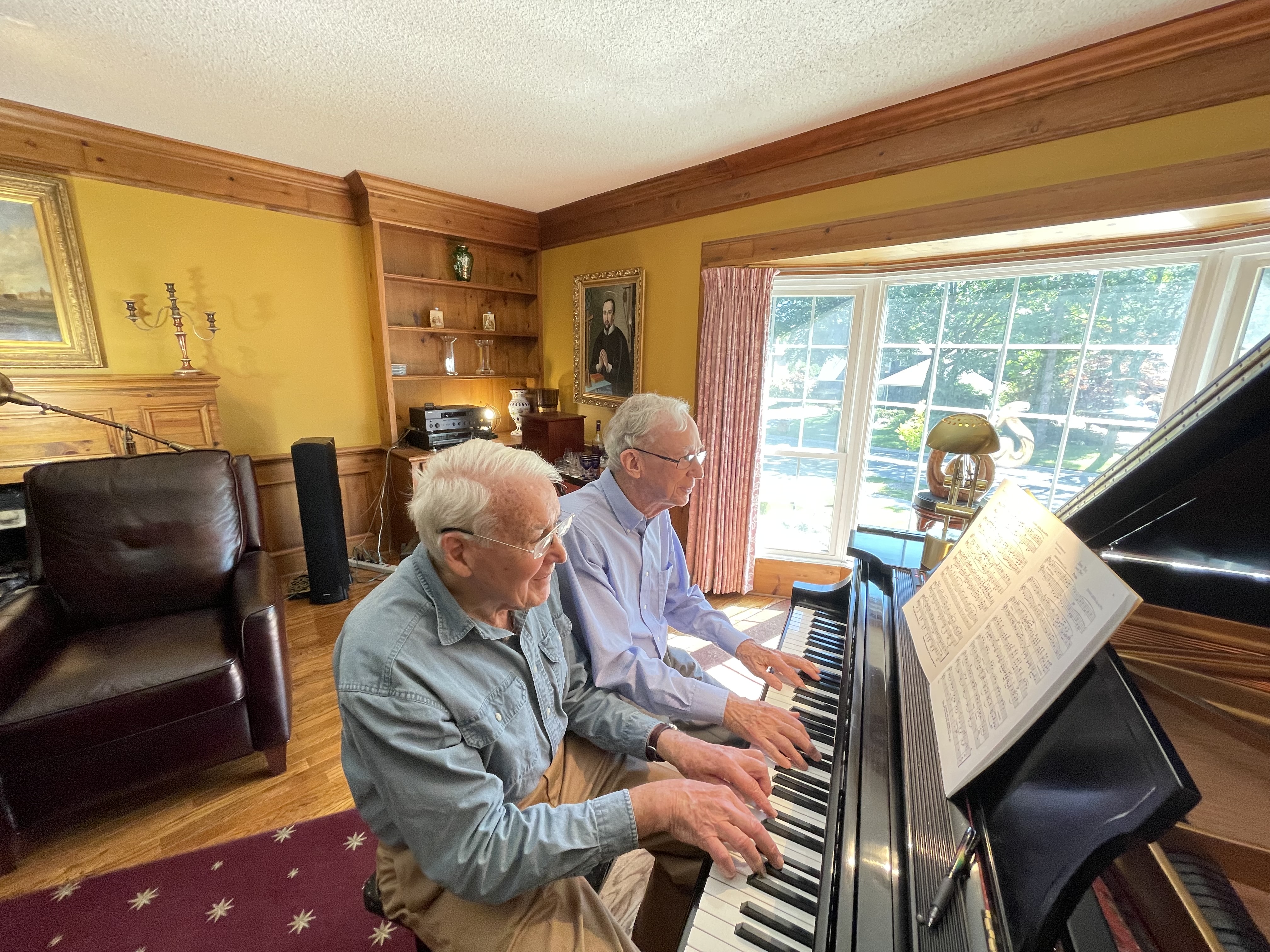 Thanks to the enthusiasm for Hausmusik there is no shortage of stuff for amateur keyboard duos. In the 19th century there were as many as 6 transcriptions of Mozart's symphonies available. Beethoven, Liszt, Dvorak have all surfaced at Piano lunches but also later works including Debussy's Petite Suite, Faure's Dolly Suite and Grieg's Peer Gynt. Forsythe's music shop in Manchester, U.K. is excellent for internet shopping and a search through their website yielded more than 300 works for “piano, 4-hands”. There is a nice series “20th Century Classics” where you can meet Delius, Khatchaturian, Copland and others. If you tire of the classical idiom there is Gershwin (George), Bernstein, Cole Porter, and Irving Berlin all of whom have featured at Piano Lunches.
Thanks to the enthusiasm for Hausmusik there is no shortage of stuff for amateur keyboard duos. In the 19th century there were as many as 6 transcriptions of Mozart's symphonies available. Beethoven, Liszt, Dvorak have all surfaced at Piano lunches but also later works including Debussy's Petite Suite, Faure's Dolly Suite and Grieg's Peer Gynt. Forsythe's music shop in Manchester, U.K. is excellent for internet shopping and a search through their website yielded more than 300 works for “piano, 4-hands”. There is a nice series “20th Century Classics” where you can meet Delius, Khatchaturian, Copland and others. If you tire of the classical idiom there is Gershwin (George), Bernstein, Cole Porter, and Irving Berlin all of whom have featured at Piano Lunches.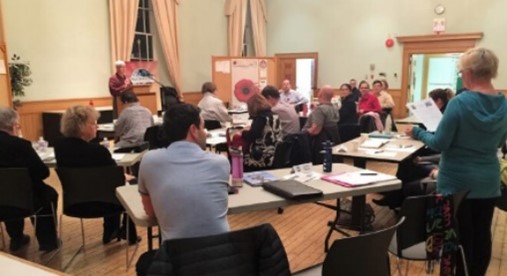 What I was not prepared for was the training in both leadership and interpersonal skills. Toastmasters training teaches us to become better listeners and communicators, to be more respectful of others while assuming leadership roles. In particular, our club practices proper parliamentary procedures according to Robert’s Rules of Order while conducting business meetings. Our club’s motto is Laughing & Learning, where we all learn new tricks in a fun way.
What I was not prepared for was the training in both leadership and interpersonal skills. Toastmasters training teaches us to become better listeners and communicators, to be more respectful of others while assuming leadership roles. In particular, our club practices proper parliamentary procedures according to Robert’s Rules of Order while conducting business meetings. Our club’s motto is Laughing & Learning, where we all learn new tricks in a fun way.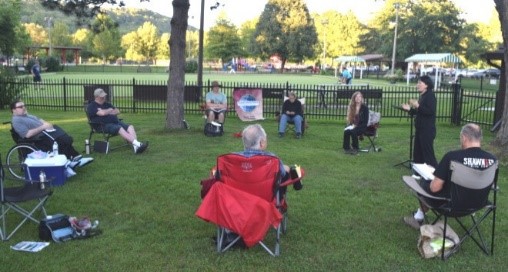 Our club values the importance of maintaining social connections and makes the interests and welfare of its members its top priority.
Our club values the importance of maintaining social connections and makes the interests and welfare of its members its top priority. I was fortunate to have excellent mentors guiding me along my aviation path. A small group of pilot friends with decades of combined aviation experience helped me throughout my flight training and in the selection/purchase of an airplane, a Vans RV9A from a pilot in Kelowna BC. With my daughter and her future husband living in Kelowna, making the trip there to fly my airplane back to Ontario seemed like a dream come true. The weather was absolutely stunning for the departure from Kelowna. The memory of that crisp morning on March 20, 2017 is as vivid as yesterday. In less than 30 minutes I was over the Rocky Mountains at an altitude of 11,000’ with my experienced ferry pilot (Dave McElroy) in the first leg of our 2-day trip to the Brantford Airport. The visibility was so incredible, we did a 360 degree turn to capture the mountains in all their glory! (Photo 1 – Over the East Kootenay mountains). We maxed out at a ground speed of 204 knots with the tailwind – that’s 378 kph. The ride was silky smooth with not a single bump! It took 11.6 hours of airtime over the 2 days from Kelowna to Brantford. It is quite a thrill landing your own airplane on the runway back at home base in Brantford (CYFD).
I was fortunate to have excellent mentors guiding me along my aviation path. A small group of pilot friends with decades of combined aviation experience helped me throughout my flight training and in the selection/purchase of an airplane, a Vans RV9A from a pilot in Kelowna BC. With my daughter and her future husband living in Kelowna, making the trip there to fly my airplane back to Ontario seemed like a dream come true. The weather was absolutely stunning for the departure from Kelowna. The memory of that crisp morning on March 20, 2017 is as vivid as yesterday. In less than 30 minutes I was over the Rocky Mountains at an altitude of 11,000’ with my experienced ferry pilot (Dave McElroy) in the first leg of our 2-day trip to the Brantford Airport. The visibility was so incredible, we did a 360 degree turn to capture the mountains in all their glory! (Photo 1 – Over the East Kootenay mountains). We maxed out at a ground speed of 204 knots with the tailwind – that’s 378 kph. The ride was silky smooth with not a single bump! It took 11.6 hours of airtime over the 2 days from Kelowna to Brantford. It is quite a thrill landing your own airplane on the runway back at home base in Brantford (CYFD). My real world flying usually occurs in Southern Ontario (Photo 2 – Flight over Toronto) but I have flown as far North as Killarney (of course for fish and chips). Goderich is one of my favourite airports and one of my videos highlights the World’s largest salt mine located in Goderich. It is always
My real world flying usually occurs in Southern Ontario (Photo 2 – Flight over Toronto) but I have flown as far North as Killarney (of course for fish and chips). Goderich is one of my favourite airports and one of my videos highlights the World’s largest salt mine located in Goderich. It is always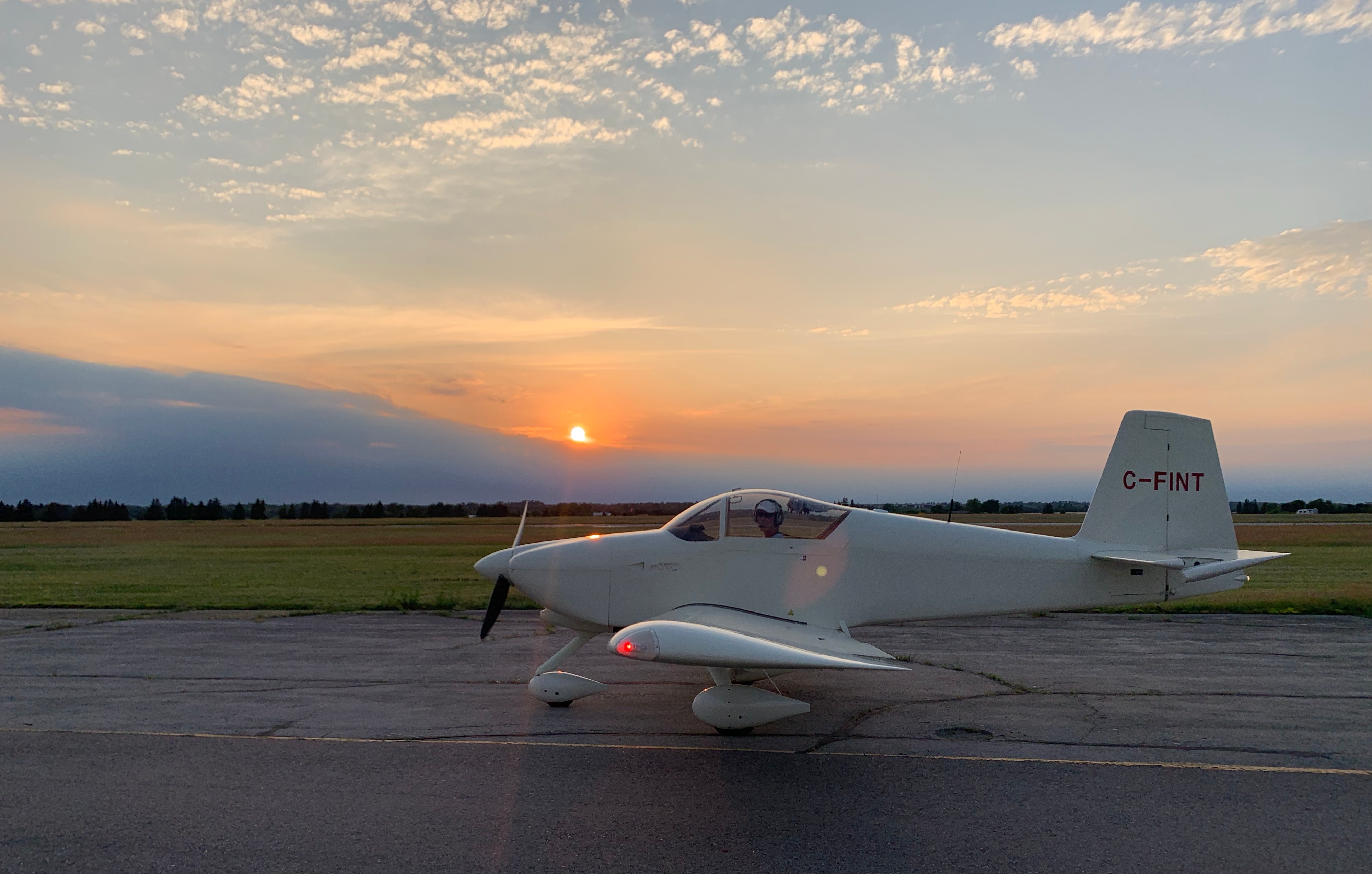 special to have my wife come to the airport for spectacular sunset flights out of Brantford (Photo 3 – Sunset at Brantford Airport).
special to have my wife come to the airport for spectacular sunset flights out of Brantford (Photo 3 – Sunset at Brantford Airport).

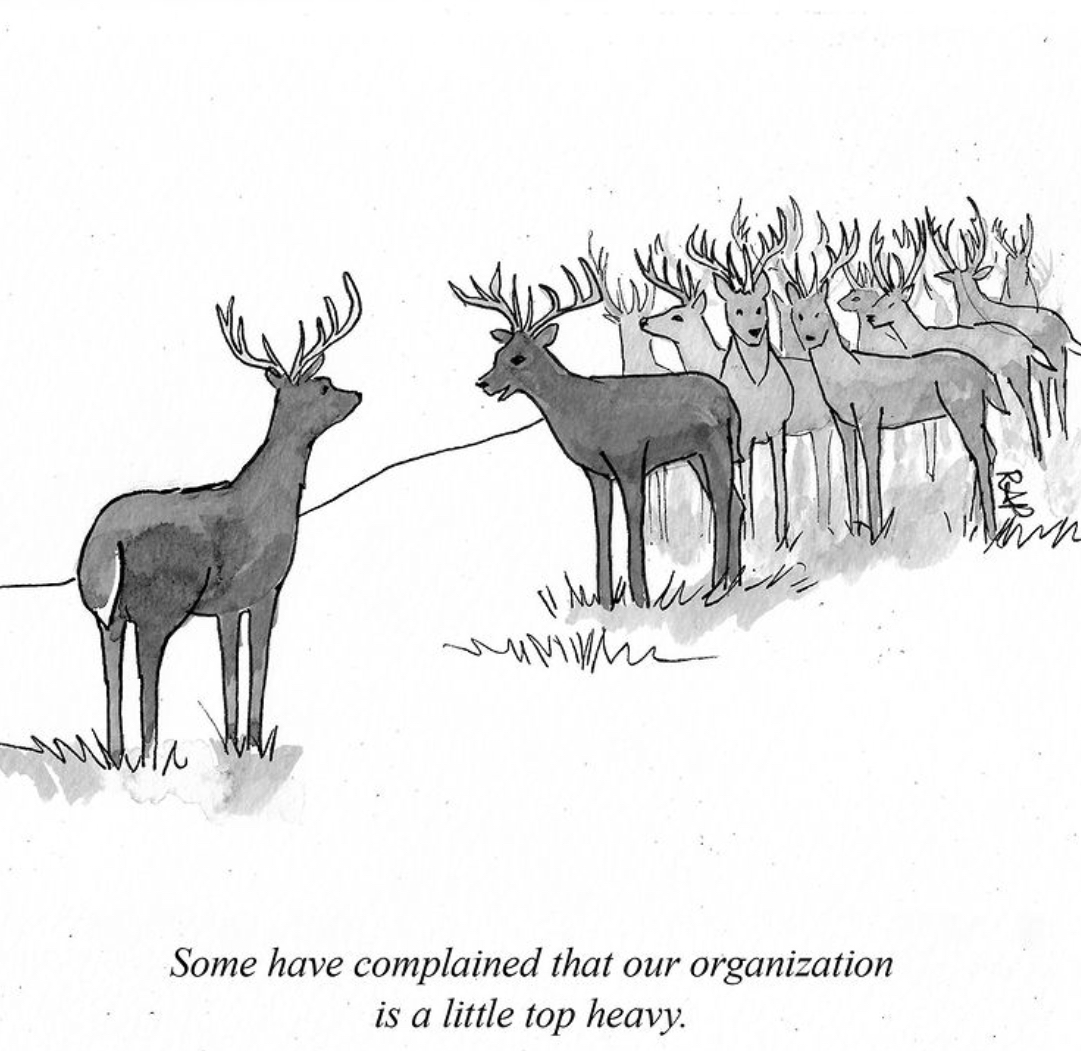
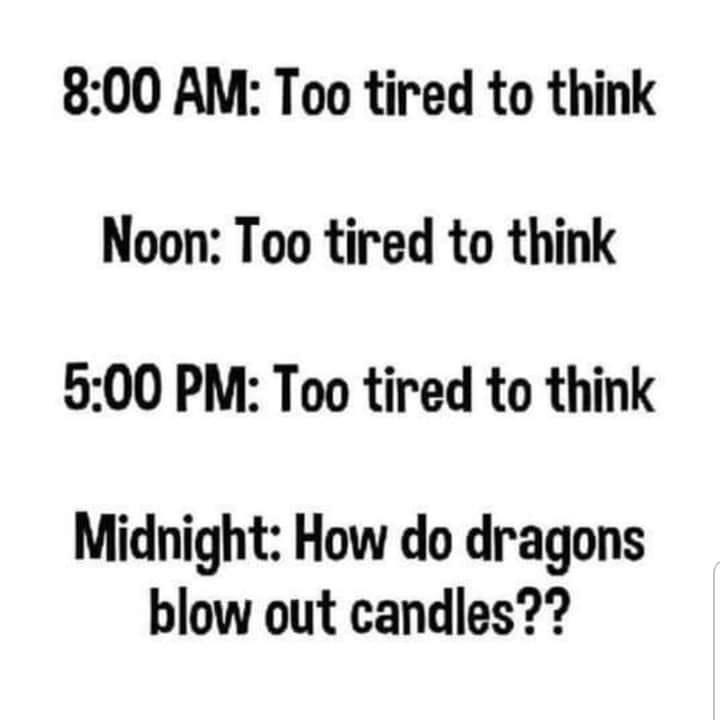



 In the Fall 2021 Issue of the MURA newsletter, I wrote about the
In the Fall 2021 Issue of the MURA newsletter, I wrote about the